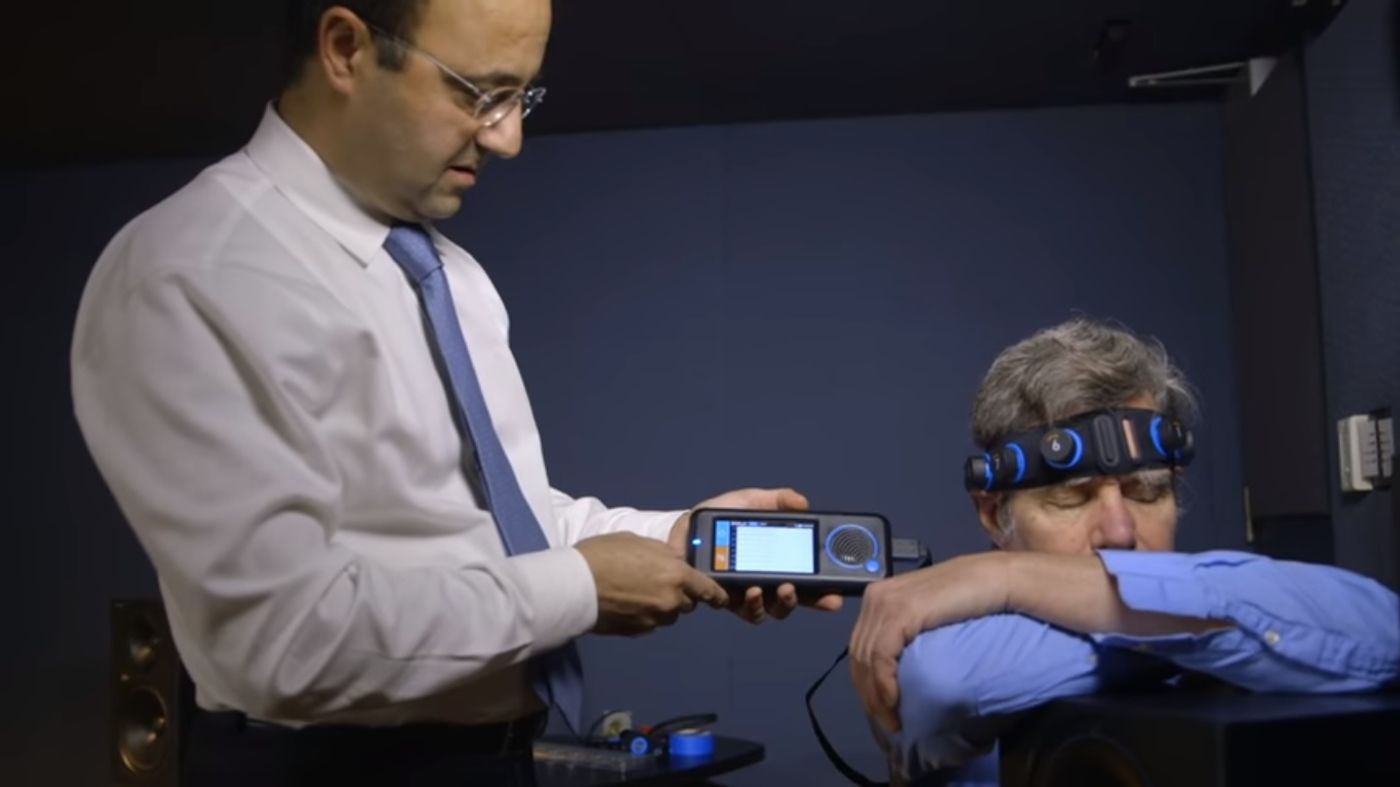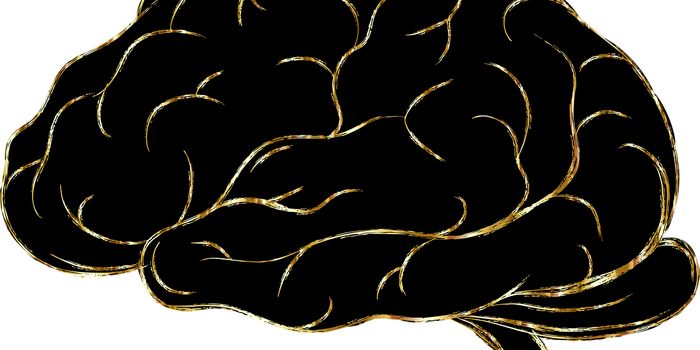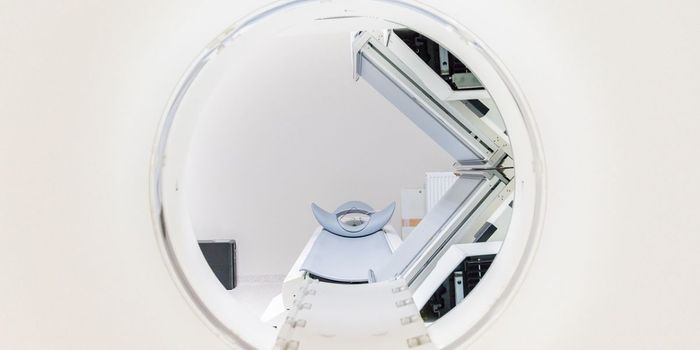Brain Stethoscope Detects Silent Seizures
Silent seizures often go unnoticed, but they can cause brain damage in certain cases. With proper diagnosis of this condition taking hours or even days, Stanford University scientists went looking for a better option.The solution seems to be a tool for the brain that works essentially the same way a stethoscope works for the heart.
Silent seizures, also called absence seizures or petit mal seizures, are a type of epilepsy caused by abnormal activity in the brain. Individuals who have silent seizures, usually children between the ages of four and 14, have epileptic seizures without any of the traditional physical convulsions. Instead, those affected experience about 15 seconds of “blanking out,” not speaking, hearing, or appearing to understand anything. When the silent seizure is over, for the person affected, it as if nothing happened.
Silent seizures often go unnoticed and usually cause no long-term problems but can affect learning and concentration in school. However, if the seizures last longer than 15 seconds or occur too frequently, brain damage can occur.
"You might think that all seizures must cause some sort of convulsions, namely a patient who's having a seizure must fall down and shake on the ground. But that's actually not the case, especially in critically ill patients in the intensive care units," explained Stanford’s Josef Parvizi. "Close to 90 percent of those patients will have silent seizures."
Traditional diagnostic methods for silent seizures most include an EEG (electroencephalogram), which records the brain’s electrical activity, scanning for abnormalities. Doctors might also use blood tests, kidney and liver tests, CT or MRI scans, and spinal taps. However, it can take hours or days to receive results back from a neurology specialist, especially if a hospital doesn’t already have the proper equipment. The new diagnostic tool could make identifying silent seizures much easier than any of these methods.
"This technology will enable nurses, medical students, and physicians themselves to actually assess their patient right there and they will be able to determine if the patient is having silent seizures," Parvizi said.
Possibly the most interesting part of developing the new tool was the involvement of Chris Chafe, a professor of music at Stanford University. Chafe specializes in computer music, and Parvizi sent brain wave data to Chafe, who transformed the data into the synthesized voice of his computer.
“It was so intuitive," Parvizi said, describing the first time he listened to Chafe’s musical creation. "You could hear the transition from non-seizure to seizure so easily.”
Parvizi tested the algorithm with a group of 34 medical students and 30 nurses at Stanford to see if non-specialists could hear the difference between normal brain activity and a seizure. The brain wave data in the form of music would need to be decipherable by non-specialists if the technology were to ever be realistically be used on hospitals without neurology experts on staff.
Using 84 brain wave samples from EEGs, 32 with typical features of a seizure, researchers turned the data into music using the algorithm and played it for the students and nurses. There was significant success in both groups, who were able to detect seizure features via Chafe’s music, while none of the individuals had ever been trained to diagnose seizures. Most untrained medical students and nurses only read EEGs successfully 50 percent of the time.
For the future, Parvizi and his team will work on defining how this tool will be used realistically and how it will change the way physicians diagnose and treat silent seizures.
The present study was published in the journal Epilepsia.
Sources: Johns Hopkins Medicine, Stanford University









